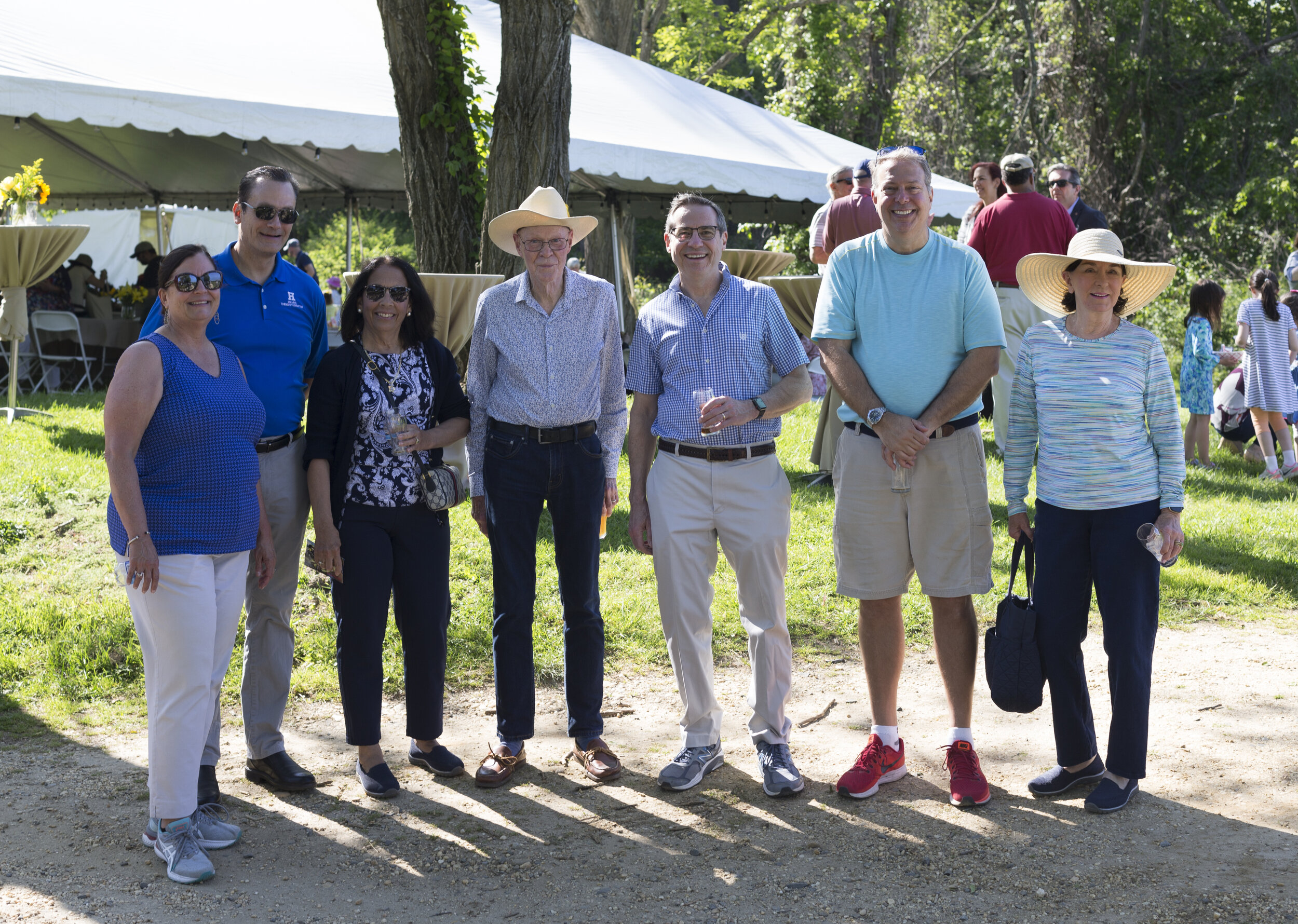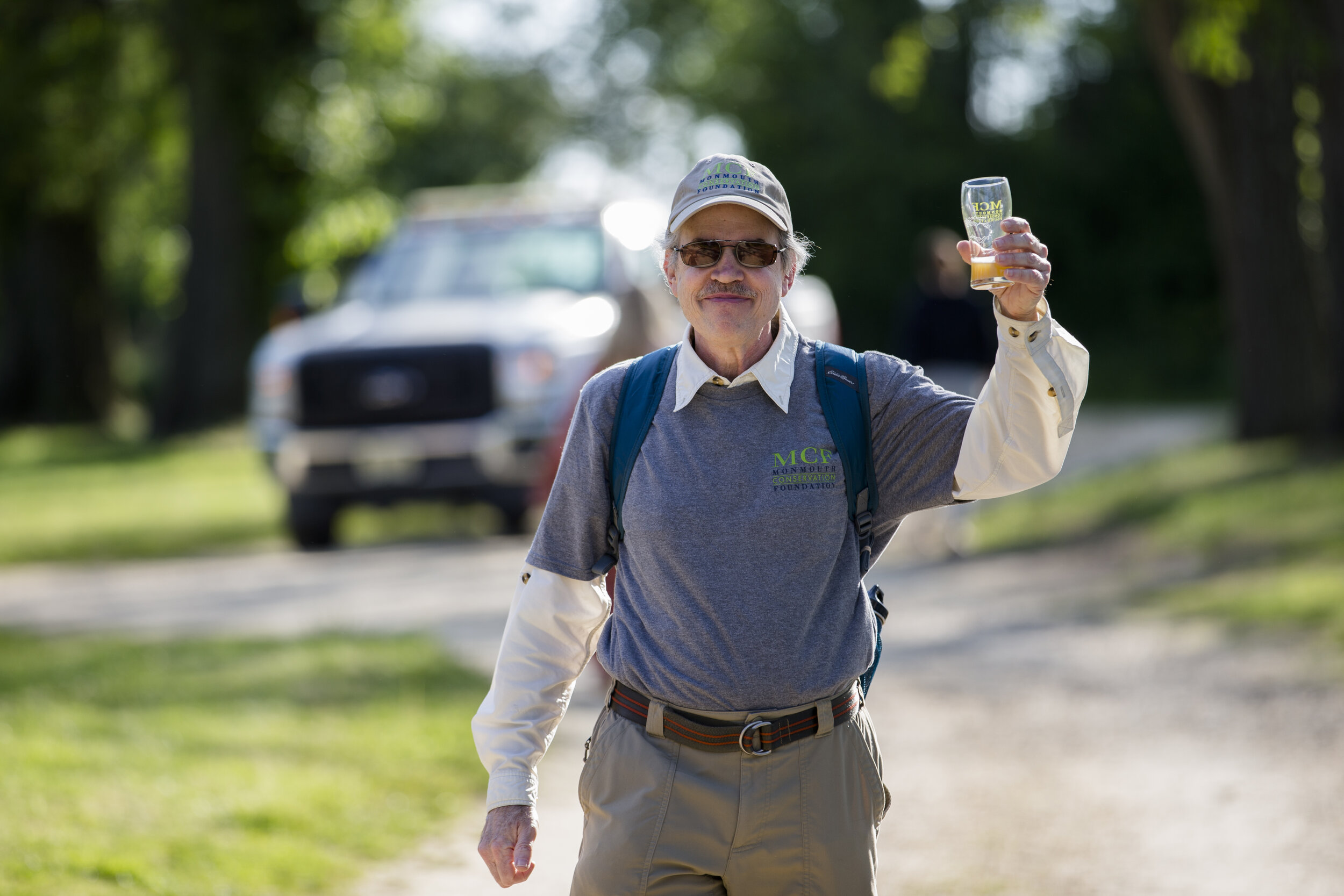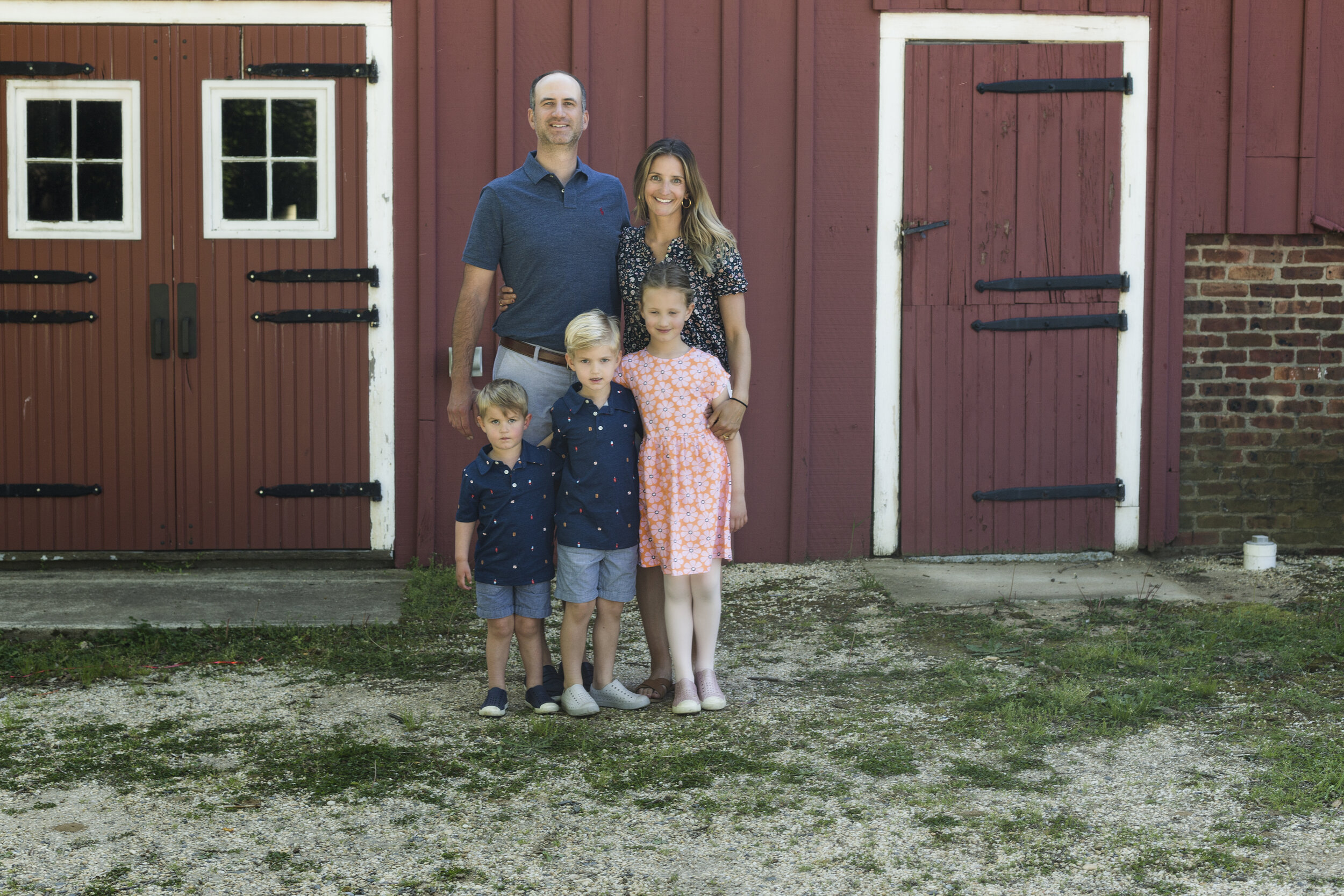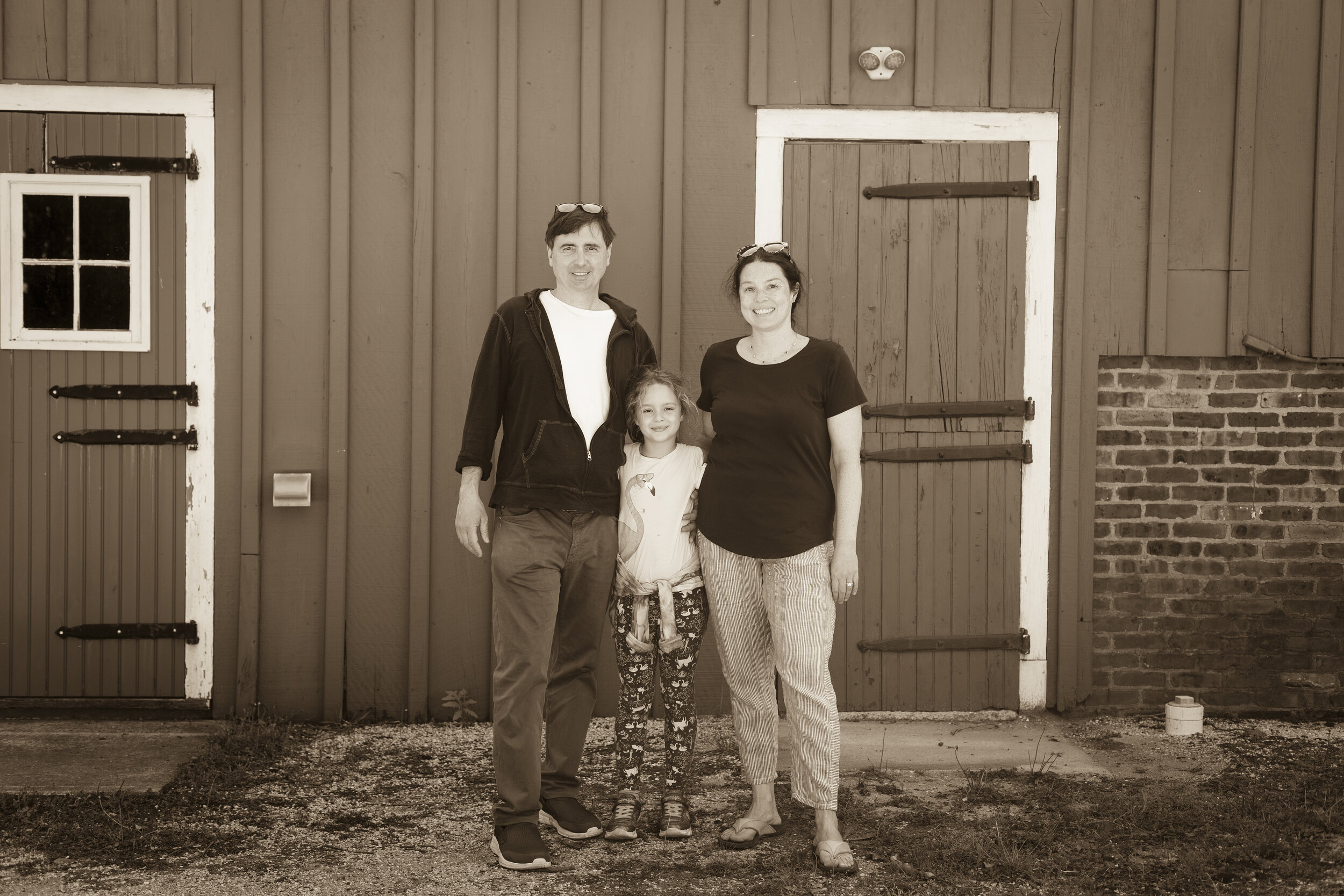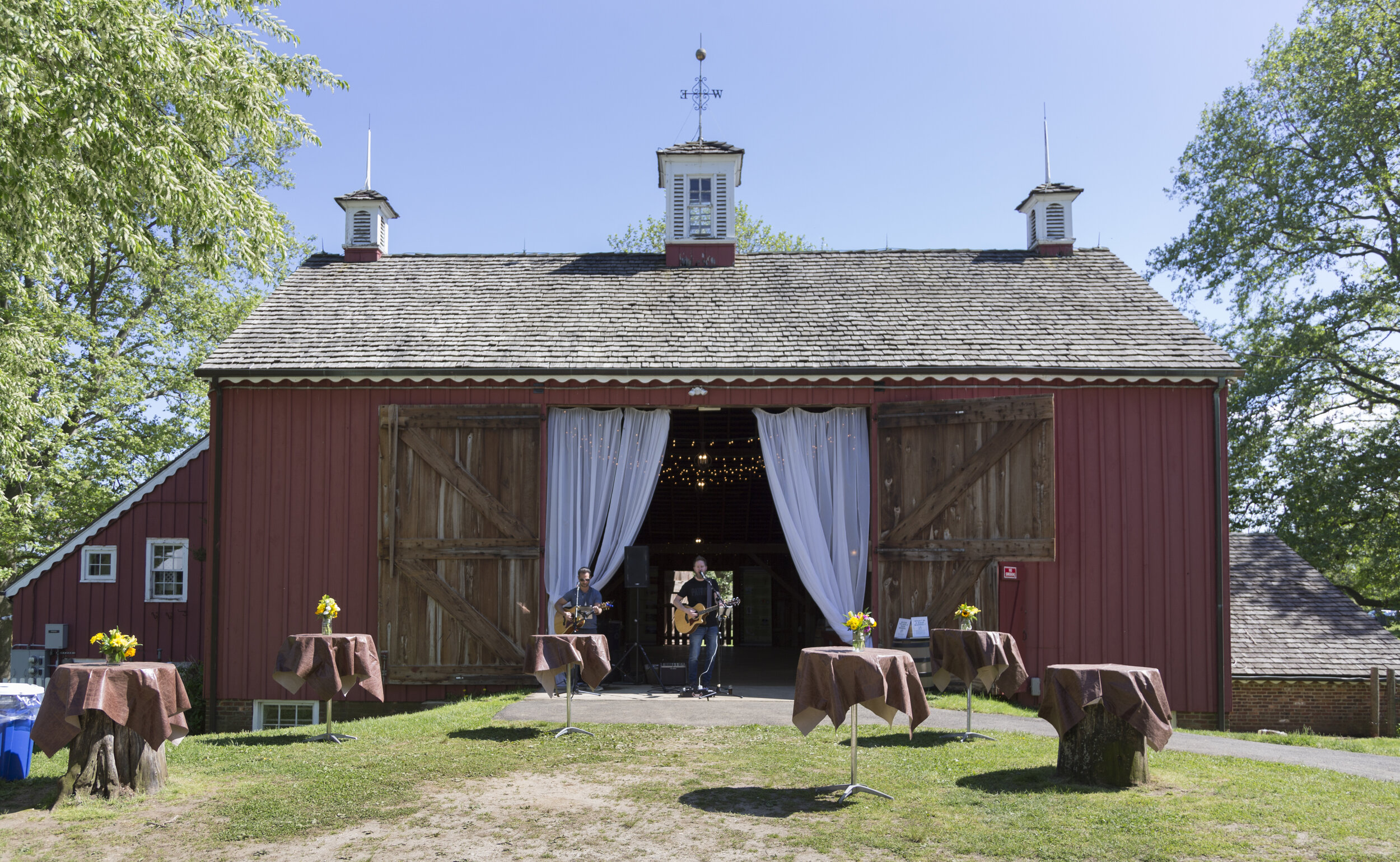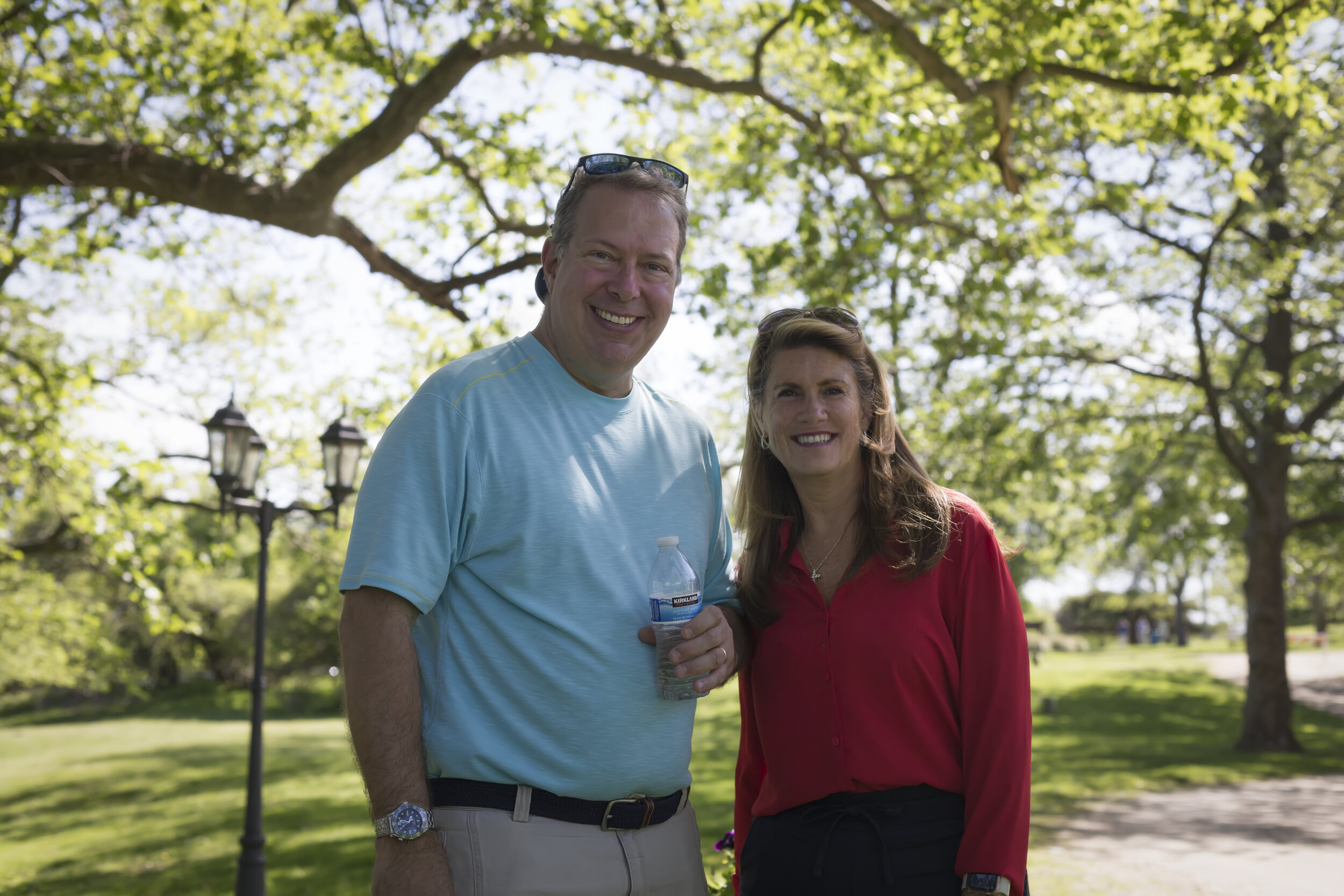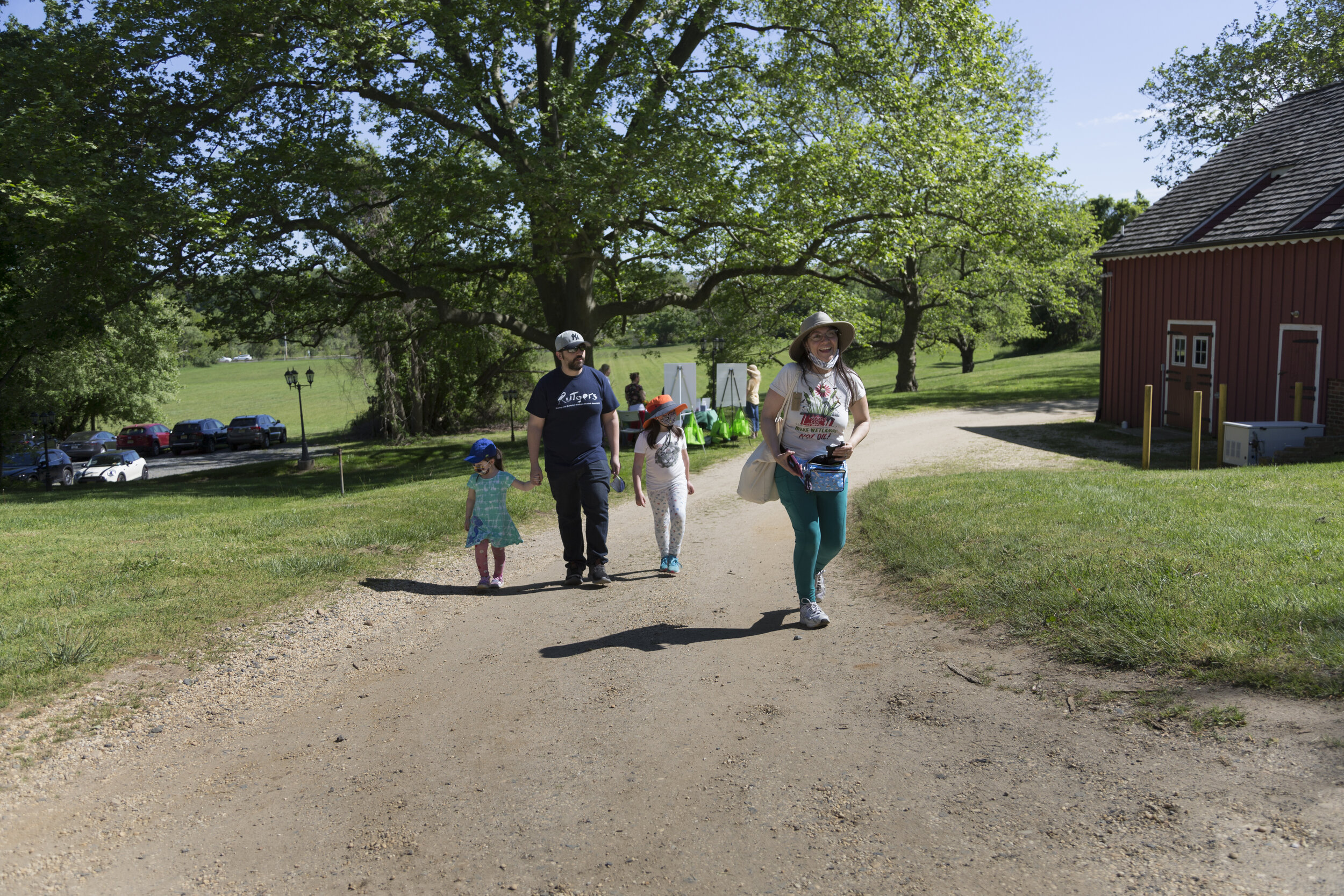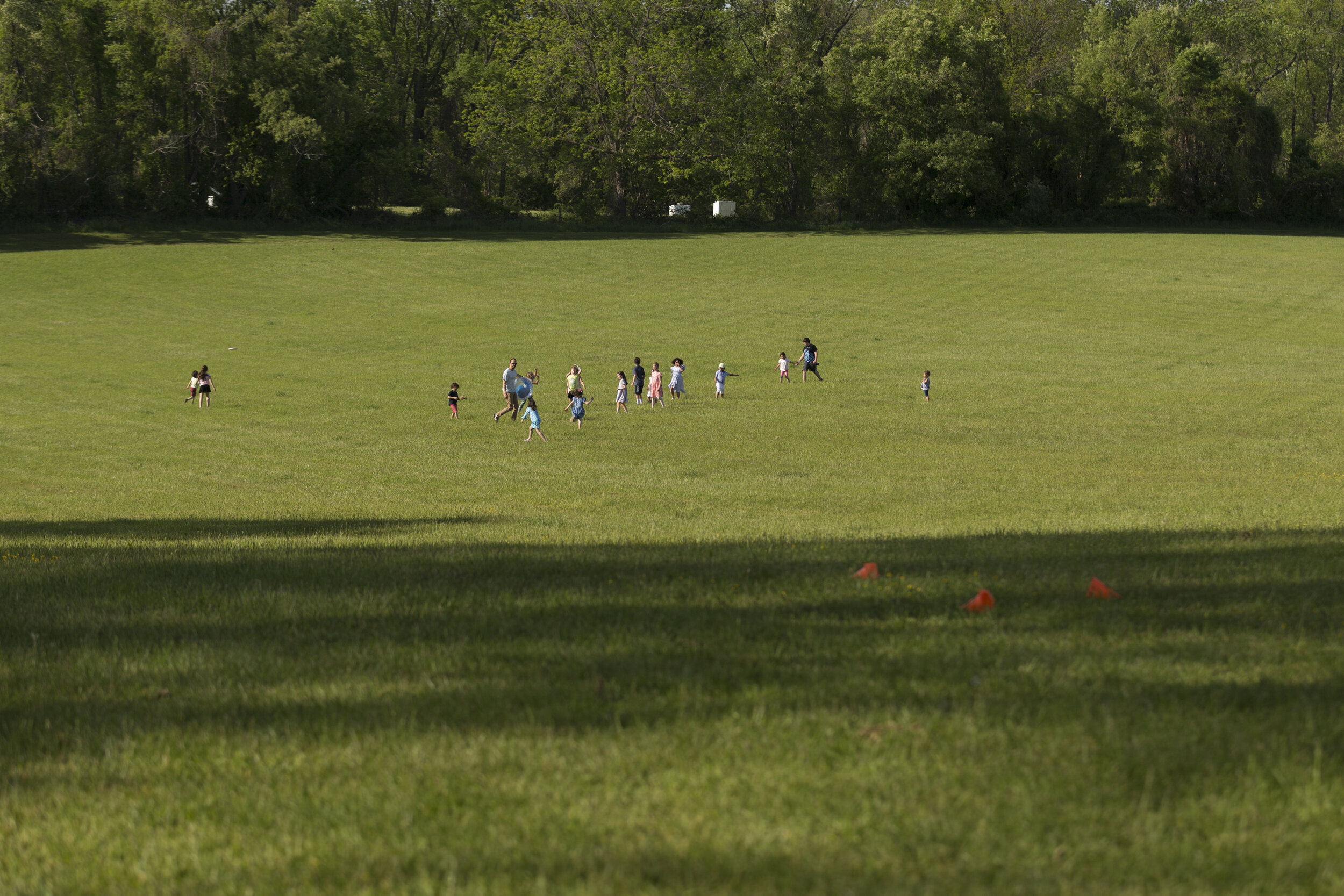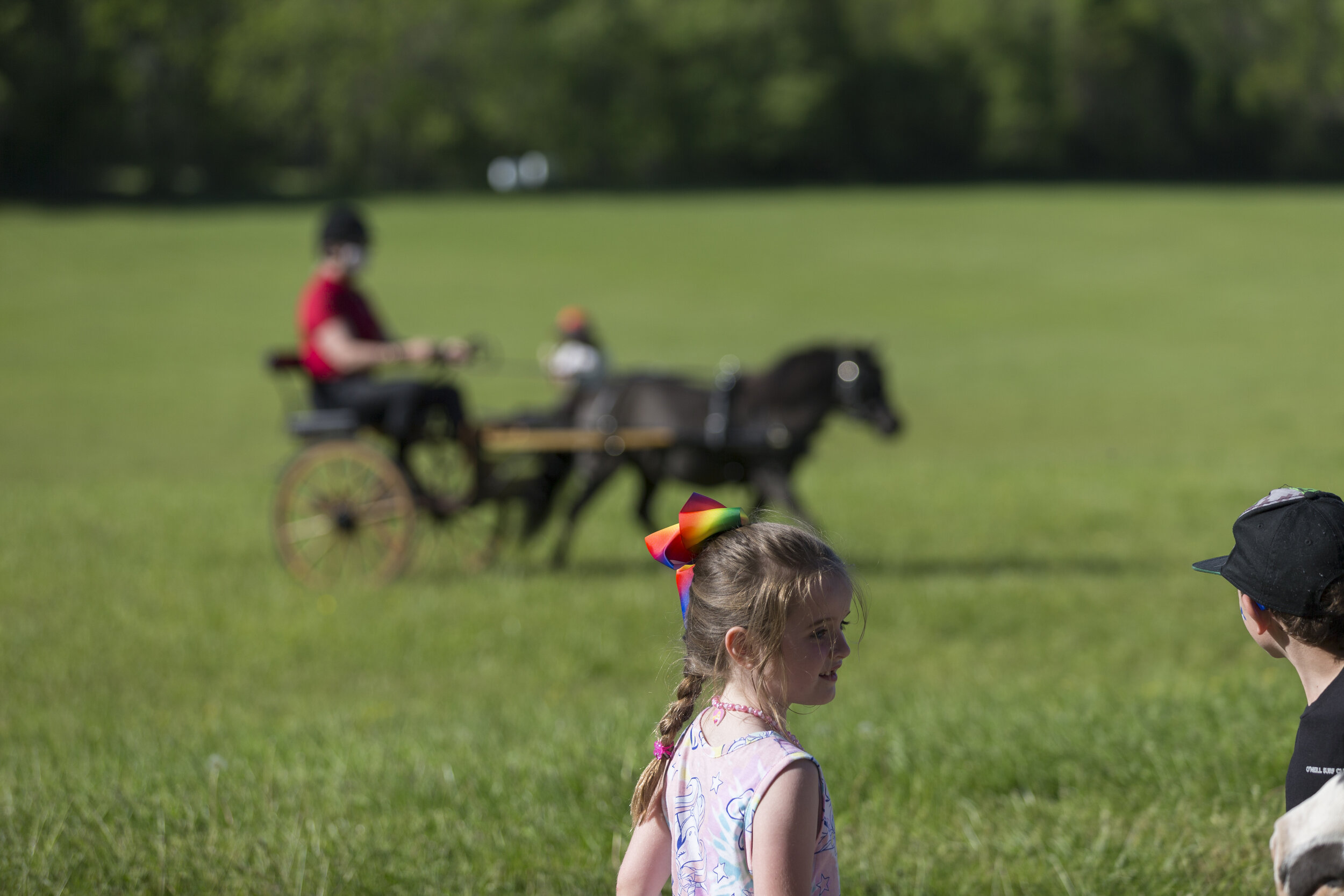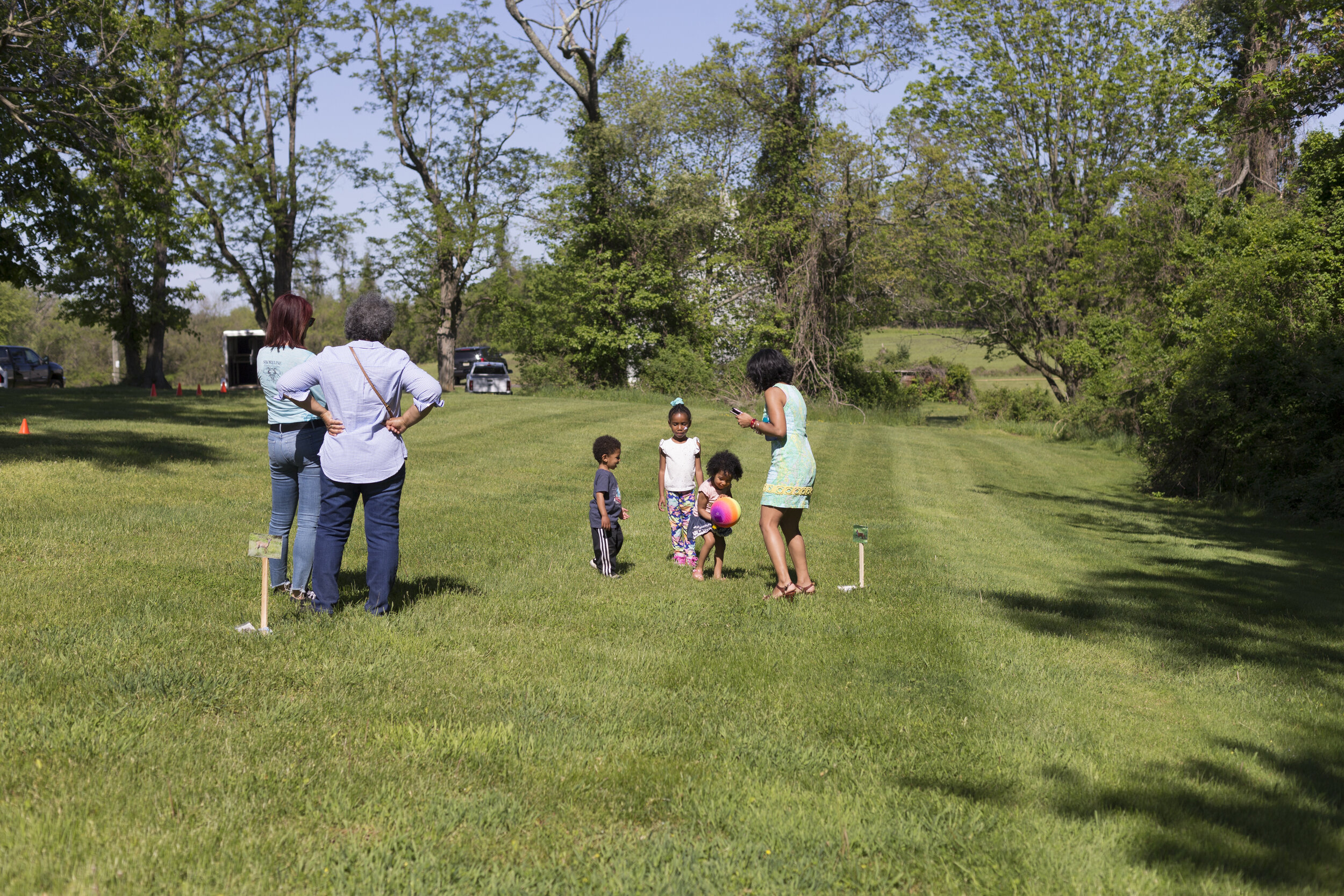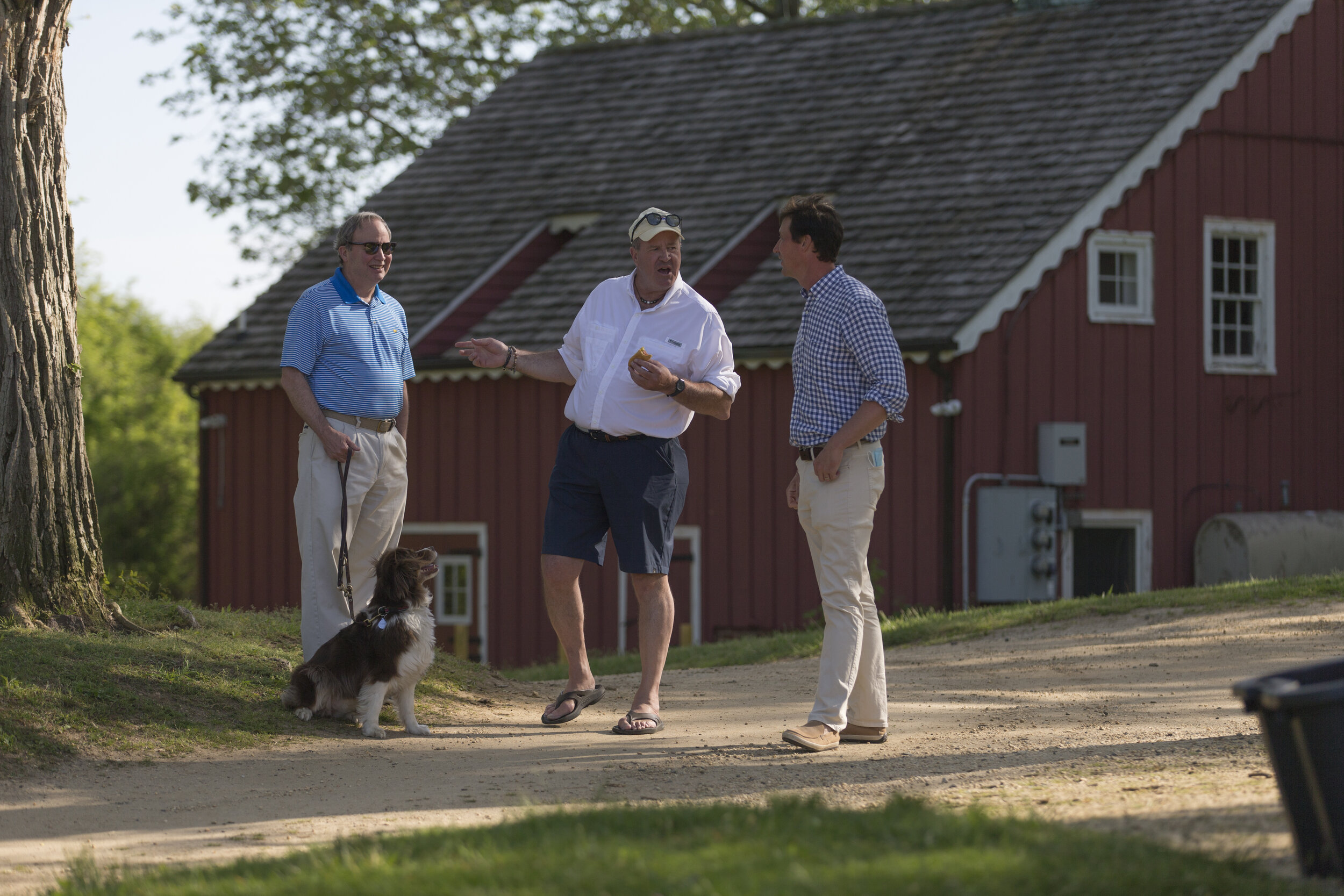Most of those shortages are now thankfully behind us, and explosive growth of a key link in the State’s supply chain—the omnipresent mega warehouse—is designed to help us avoid those kinds of scarcities in the future. But, as many in the environmental community have asked, at what cost? Used for storage, fulfillment, sorting and distribution, warehouses ranging in size from 25,000 to hundreds of thousands of square feet have seemingly sprouted up all over the state in the past several years, prompting the New Jersey Conservation Foundation in 2021 to wonder cynically whether New Jersey indeed is the “Garden State or Warehouse State?” It’s a question that has people on both sides of the issue arguing the pros and cons of an emerging trend that seems to have gained considerable momentum with the 2014 opening of the State’s first Amazon fulfilment center in Robbinsville (at an eye-popping 1 Million square feet) and hasn’t slowed down since. Supported by environmentalists, planners and elected officials, the debate in Monmouth County has grown louder and more contentious in recent months as the pace of proposed development of new warehouse projects in Tinton Falls, Neptune, Howell, Millstone, Upper Freehold, and Manalapan has now reached warp speed.
Proponents of the warehouse development trend cite the economic realities we face in New Jersey. According to Tim Evans in his New Jersey Future Blog “Warehouse Sprawl: Plan Now or Suffer the Consequences,” the presence of the nearby Port of New York and New Jersey, the second busiest hub in the country, necessitates a transportation and storage system capable of supporting it. To prove that point, Evans notes that a full 12% of all employed New Jerseyans work in the fields of wholesale trade, transportation and warehousing. A staggering 15.7% of the State’s payroll originates from workers in those three fields, which is by far the highest percentage in the Country. (By comparison, the national average is 10%.) It should be no surprise that Amazon became the State’s largest private employer in 2021, with 40,000 workers, up dramatically from 13,000 in 2017. Many of those employees work in the company’s 14 New Jersey fulfillment centers which average 600,000 to 1 Million square feet in size.
The downside of all the new and proposed warehouse development in Monmouth County, approximated by Colliers International commercial real estate unit in Woodbridge at 6.2 Million square feet, can be seen, heard, and felt by County residents who now find these boxy behemoths in their backyards. Traffic snarls caused by 18-wheelers coming from and going to warehouses and fulfillment centers are now commonplace in County towns that previously treasured their tranquil settings. Noise and exhaust fumes from incremental traffic fundamentally alter the look and feel of municipalities especially along the Route 195 corridor, where many of the new warehouses are being built.
Beyond the inconvenience factor, to which warehouses and giant fulfilment centers clearly add, is a real risk that Monmouth County will experience a fundamental shift in its character. One only need look at what warehouse development has done to Pennsylvania’s Lehigh Valley in the past two decades. According to NJ Future, “Lehigh and Northampton counties have lost about 25% of their farmland” since 1997. With 6.2 Million square feet of new warehouse projects now slated for Monmouth County, productive agricultural lands are clearly prime targets for developers. As noted in the aforementioned article by NJCF, 118 acres of ag land in Upper Freehold Township is the chosen site for a proposed 566,840 square foot warehouse. In Howell Township, according to a February 23rd Asbury Park Press article by Alex Gecan, a 368,050 square foot warehouse was just approved for 36 acres of a 102-acre parcel that has previously been used as a solar farm and, before that, a soil mining business. Why is this a concern? Because at present, agriculture and horticulture are also big businesses in the State and the County. Despite its diminutive size, New Jersey is a top 10 national producer of key agricultural products, including eggplant (#1), spinach (#2), cranberries (#3), asparagus, bell peppers, and peaches (all #4) and blueberries (#5). In the field of horticulture, according to the 2020 Annual Report by the New Jersey Department of Agriculture, the State is the nation’s 7th largest producer, with half a billion dollars in sales (in 2019). And Monmouth County ranks #1 in the State in nurseries, #2 in livestock (horses), and tied for 4th in the production from its orchards. The most recent “Census of Agriculture” counts 838 farms and 39,198 acres within those farms in Monmouth County. And the specter of warehouse development is a growing threat to those farms, the average size of which is 47 acres.
So what happens in Monmouth County when the seemingly unstoppable force of warehouse development meets our centuries-old agricultural tradition? At MCF, we pledge to work even harder—with our state and local partners—to protect farmland, support agricultural viability and provide access to farmland now and for generations to come. To date, Monmouth County boasts 15,630 acres of preserved farmland, which is impressive but not a big surprise given how well the State of New Jersey as a whole has done in preserving farmland in recent years. According to the American Farmland Trust’s (“AFT”) most recent multi-year study “Farms Under Threat: The State of the States,” New Jersey actually ranks first nationally for “implementing policies and programs to stem the loss of farmland.” Almost a third of all farms in the State have been preserved, the highest percentage in the nation. Key to the State’s success is “the coordination between state and local governments…in creating and implementing successful programs to permanently protect farmland, support agricultural viability, and provide access to farmland now and for future generations to come.” Clearly, land trusts like Monmouth Conservation Foundation and other not-for-profits also deserve credit for farmland preservation activities statewide. AFT praises New Jersey “for policy tools beyond its Farmland Preservation program, including the program’s requirement that counties and municipalities adopt comprehensive farmland preservation plans in order to receive state funding.”
So if the State has, according to the AFT, done such a fine job preserving farmland, why are we seeing runaway warehouse development taking thousands of acres of arable land out of production every year? Sadly, it’s all about the Benjamins. There is massive demand in New Jersey for warehouse space and rents have spiked more than 33% in the past year alone, according to Colliers. In the words of Red Bank developer Steve Denholtz, of Denholtz Properties, warehouse spaces “are filled when they are opened.”
How can the average family farmer resist the temptation of selling out to deep-pocketed developers? Some, like the authors of “Garden State or Warehouse State?” believe the key is a regional approach to land use planning. One of NJCF’s key recommendations is that New Jersey’s statewide plan “should be revived and updated to address warehouse sprawl and other current challenges like…climate change.” After 20+ years of the plan’s near dormancy, that seems like a logical first step to Monmouth Conservation Foundation.
Aside from advocating for updates to the statewide plan, what can Monmouth County residents do, especially on Earth Day, to help preserve farmland here? Each year, hundreds make MCF a philanthropic priority in their lives, supporting the only county-wide land trust in Monmouth County. “If people love the rural character of our County, and care about the viability of our agricultural tradition, we hope they will consider contributing to MCF,” says its executive director William Kastning. Tax-deductible donations help MCF partner with the State, County, and local municipalities to preserve farmland through agricultural easements. Easements that allow local farmers to resist the lure of development dollars and keep their lands in production. And keep our corner of the Garden State green.










































